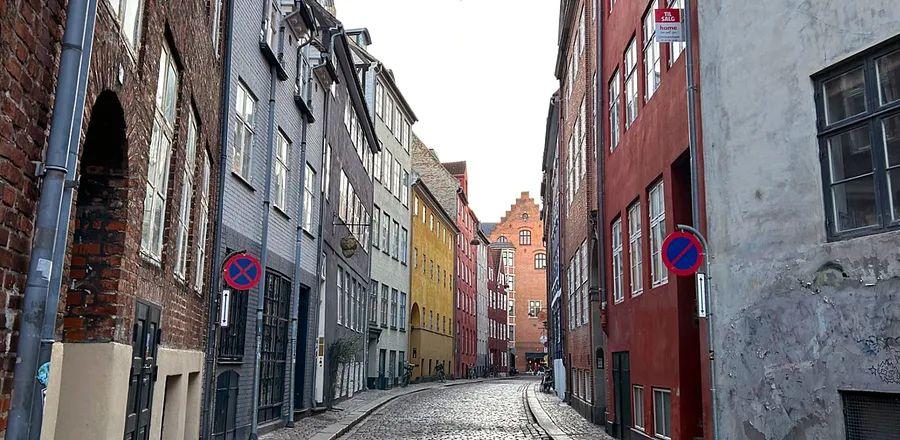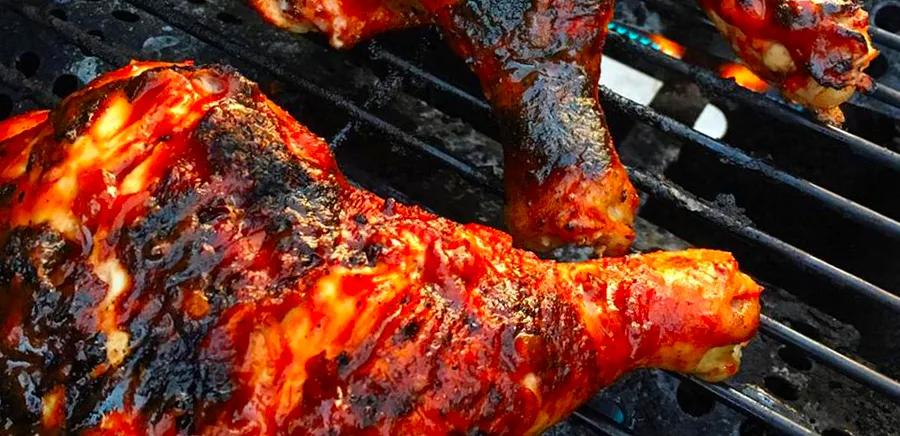Europe Is Absolutely Worth a Visit in the Heart of Winter. Let Me Explain.

I flung open the sauna door—where temperatures hovered between 158 and 194 degrees Fahrenheit—and sprinted as quickly as my bare feet would allow toward the waters of Copenhagen’s Harbor. As I descended the ladder into the chilling 44-degree water, the shocking temperature difference hit me, prompting a yelp that was part joy and part confusion over my choices.
It was January 16. And no, I’m not a thrill-seeking traveler. I was engaging in a typical Danish custom, as winter bathing is believed to enhance circulation and create a natural high—something I sorely needed in the depths of winter.
Copenhagen is famously a glittering wonderland during the holiday season, filled with festive markets, æbleskiver pancake balls, and gløgg (mulled wine). However, I find a special charm in visiting Europe’s major cities in the weeks and months that follow the holidays. After the decorations are taken down and the streets become quieter, these destinations reveal their most genuine selves, giving you a glimpse into the lives of locals—like those who plunge into icy waters for their well-being. Cold weather? Bring it on!
During a week in Paris after Christmas a few years ago, I sensed a tranquil vibe in the air. Perhaps it was due to the metro strike or the many restaurants closed for an extended holiday, but I delighted in the city’s quietude while exploring its parks, museums, and shops, all retaining that enchanting je ne sais quoi that makes Paris so beloved.
During one spring break in college, instead of joining my roommates on a Caribbean cruise, I decided to fly to Berlin in March to visit friends studying abroad. Miraculously, I managed to get into Berghain, a club infamous for its tough door policy. (Pro tip: When there aren't many tourists in the city, it's easier to blend in with the locals... just remember to keep quiet.)
Still not convinced? My recent trip to Copenhagen reminded me of all the reasons I adore visiting Europe in the heart of winter—beyond just avoiding the crowds. Allow me to persuade you:
Traveling there (and staying) is more affordable
The weeks leading up to Christmas and New Year’s Eve are among the priciest times to fly, according to the flight deal tracking service Going (formerly Scott’s Cheap Flights). However, around January 7, airfare prices drop by 70 to 80 percent based on Going’s historical data, making January and February two of the most economical months to travel.
These savings extend into early spring as well.
“The most affordable months to visit Europe in 2023 will be February, March, and April,” stated Jeff Klee, CEO of CheapAir.com. “These shoulder season months provide the best value, with airline tickets in March being 42 percent cheaper than the peak month, July.”
What do those savings look like in detail? For travel from January to March this year, Going discovered round-trip fares ranging from $245 to $386 to cities like Copenhagen, Stockholm, Berlin, and Brussels from 12 U.S. cities, including Boston and Baltimore.
This also means lower hotel rates. Even in notoriously pricey cities like Copenhagen, I easily found hotels for under $200 per night this January. For a weekend stay, I paid $175 per night for a standard room at the new 25Hours Hotel Copenhagen, a part of the German hotel brand reminiscent of Ace Hotels in style and pricing. By June 2023, rates were nearly double what I paid in January.

Courtesy of Butchers Heat/Theis Mortensen
The culture of winter bathing ensures you won’t be cooped up indoors.
While swimming in Copenhagen’s harbor is a beloved summer pastime, sauna culture thrives year-round in Nordic countries. However, I found that the benefits—both physical and mental—were even more pronounced when I incorporated an ice-cold outdoor bath into my routine last January at Butchers Heat sauna in the Refshaleøen neighborhood by the harbor.
It’s said that winter bathing can enhance circulation, increase endorphins, and strengthen the immune system. Although scientific evidence is not definitive, I can attest that I felt more alert after my sauna and icy plunge session (even with the jet lag from my flight) and experienced that natural high typically reserved for a vigorous cardio workout.

Photos by Lyndsey Matthews
There are carnival delicacies that you can only enjoy at this time of year.
In New Orleans, King Cake is a staple during Mardi Gras season, which generally occurs between January and February. Carnival season also thrives in Europe, bringing its own array of seasonal delights. In Denmark, this celebration is called fastelavn. No fastelavn celebration is complete without fastelavnsboller, a cream-filled bun found in bakeries during the season, but not available at any other time. In Sweden, a similar treat called semla features cardamom-flavored dough with almond paste beneath the whipped cream.
In Copenhagen, one of the finest traditional fastelavnsboller can be found at Sankt Peders Bageri in the city center. For a contemporary twist on this seasonal pastry, visit Hart Bageri in Frederiksberg. This season, Hart’s creation included flaky croissant dough filled with black currant jam and mascarpone cream, topped with whipped cream and black currant powder. It’s indulgent, messy, and absolutely worth planning a trip around if you have a penchant for sweets.
(Note: Carnival occurred on February 21, 2023, but you can start planning for 2024 when Fat Tuesday falls on February 13.)
Winter sales and VAT refunds = endless savings
Had I postponed my post-Christmas trip to Paris by a few weeks, I could have taken advantage of les soldes, the annual sales that run from mid-January to February throughout the city. These end-of-season sales aren't just for the shops and department stores in Paris; when I arrived in Copenhagen in mid-January, I snagged leather gloves and cashmere balaclavas for under $40, and I found sweaters from popular Danish brands like Ganni and Stine Goya at half price. Just remember to claim your VAT tax refunds for even greater savings.

Courtesy of Nimb Hotel
Yes, it’s dark and chilly. But the cozy culture here is truly unparalleled.
Hygge isn’t just a clever marketing concept from the Denmark Tourism Board. This cozy mentality, pronounced “hoo-ga,” is woven into every aspect of life here, from delectable pastries to the candles that illuminate every table and window as soon as dusk falls.
And that darkness is no joke—the sun didn’t rise until after 8:30 a.m. and began to set around 3:30 p.m. each day during my trip. Yet, remarkably, the seasonal depression and existential dread that usually envelop me each winter back home in New York vanished the moment I dropped my bags and stepped into the lobby bar at the Nimb Hotel, sinking into a cozy armchair by the fireplace.
In New York, the ambience of a restaurant is typically created with faux candles or tiny lamps on the tables. But in Copenhagen? Fireplaces serve a genuine purpose, the candles are real, and the lighting is never fluorescent. While travel always lifts my spirits, the contentment I felt nestled in that fireside armchair or later that week discussing Austrian natural wines under the warm glow of paper pendant lamps at the Ved Stranden 10 wine bar was truly unmatched.
Even though I eventually had to return to the dull gray chill of New York, winter no longer felt so daunting. I gained two extra hours of sunlight each day, and I brought back a collection of candles to recreate that cozy wine bar atmosphere at home. Plus, you know that post-vacation slump that often follows a tropical beach getaway? It didn’t happen this time since I didn’t have to readjust to the cold all over again.

1

2

3

4

5
Evaluation :
5/5